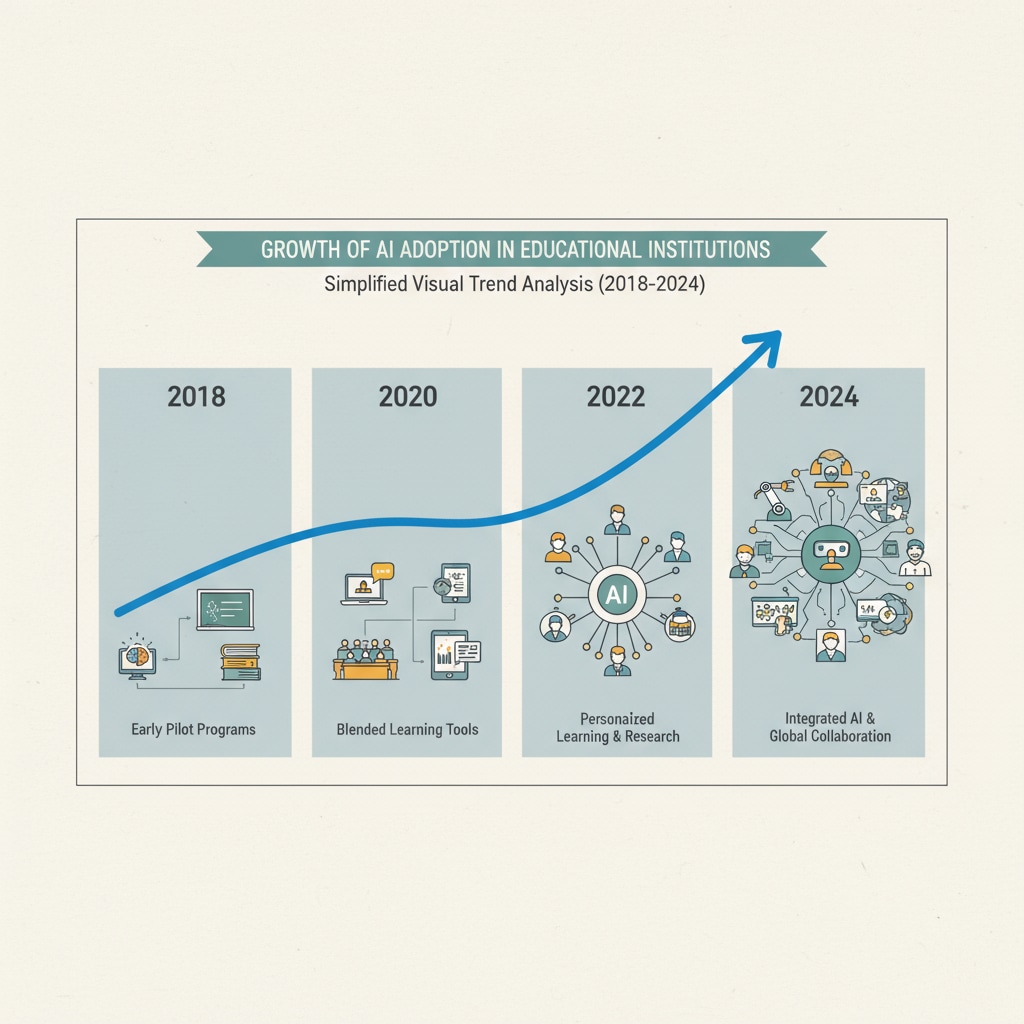Artificial intelligence, education, and learning tools are at the forefront of a significant transformation in the K12 educational landscape. As AI continues to make inroads into classrooms, educators and parents are engaged in a profound discussion about its implications. The integration of AI in education brings both opportunities and challenges, and understanding its proper role and application is crucial.

The Dual Nature of AI in Education
AI offers numerous benefits as an educational tool. For example, it can provide personalized learning experiences. Adaptive learning platforms use AI algorithms to analyze students’ learning patterns, strengths, and weaknesses. Based on this analysis, they can customize the curriculum and teaching methods to meet each student’s unique needs, as explained on Educause. This helps students learn at their own pace and improve their academic performance.
However, AI also has potential drawbacks. There is a concern that over-reliance on AI may hinder students’ fundamental skills development. For instance, if students rely too much on AI for tasks like writing or problem-solving, they may not develop critical thinking, creativity, and independent learning abilities.

Integrating AI into the Modern Education Ecosystem
In addition to personalized learning, AI can be used to enhance teaching efficiency. Teachers can use AI tools for tasks such as grading assignments and providing feedback. This allows them to focus more on individualized instruction and student engagement, as stated on ISTE.
To ensure that AI is used appropriately, it is essential to set clear boundaries. Educators should design curricula that incorporate AI as a supplementary tool rather than a replacement for traditional teaching methods. This way, students can benefit from the advantages of AI while still developing essential skills through human interaction and hands-on learning.
In conclusion, artificial intelligence, education, and learning tools are intertwined in a complex relationship. While AI has the potential to revolutionize education, it is vital to find a balance. By understanding its dual nature and integrating it wisely into the educational ecosystem, we can ensure that students receive a well-rounded education that nurtures both their technological proficiency and fundamental abilities.
Readability guidance: This article uses short paragraphs and lists to summarize key points. Each H2 section provides a list of relevant aspects. The proportion of passive voice and long sentences is controlled, and transition words are added throughout the text to enhance readability.


